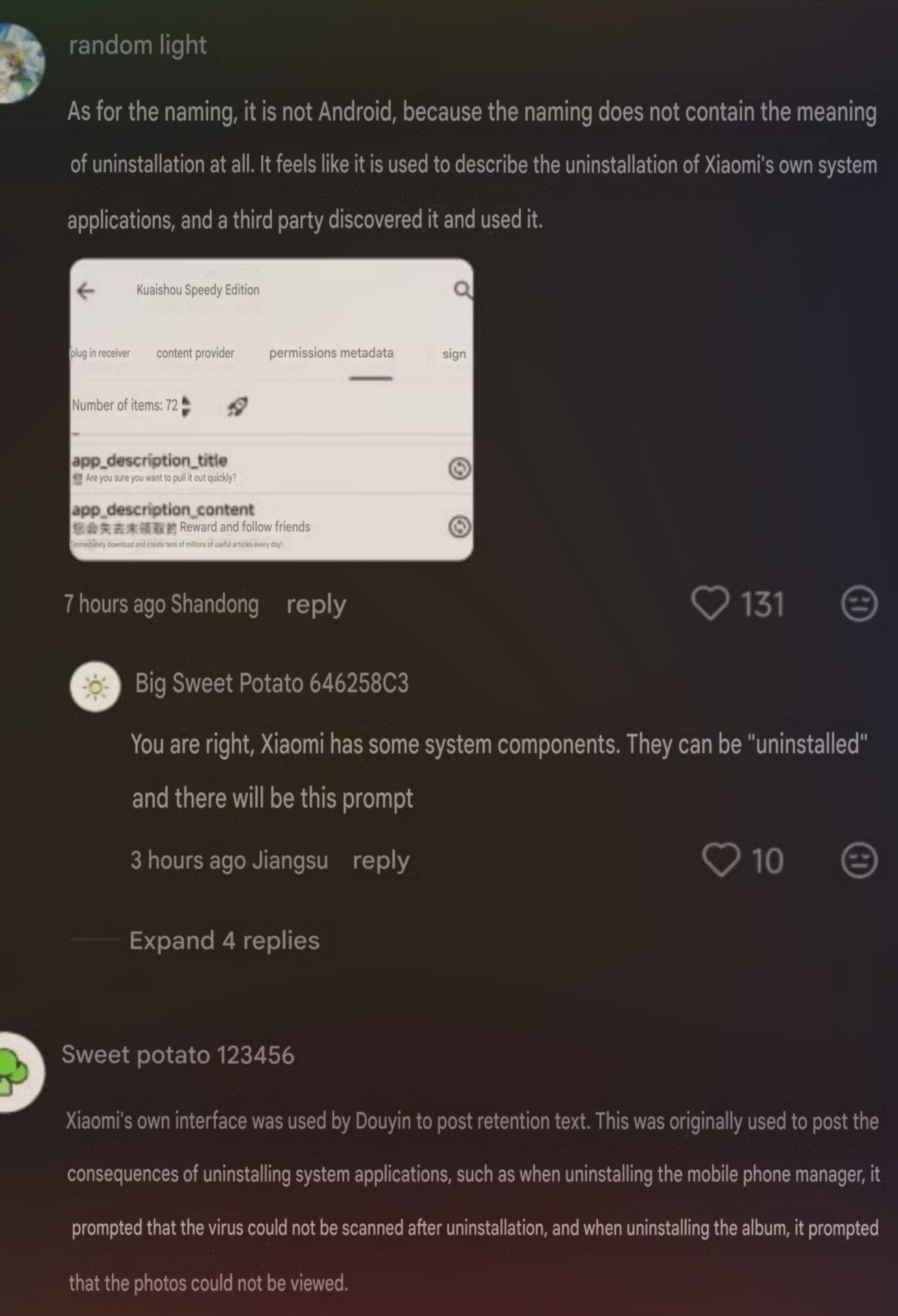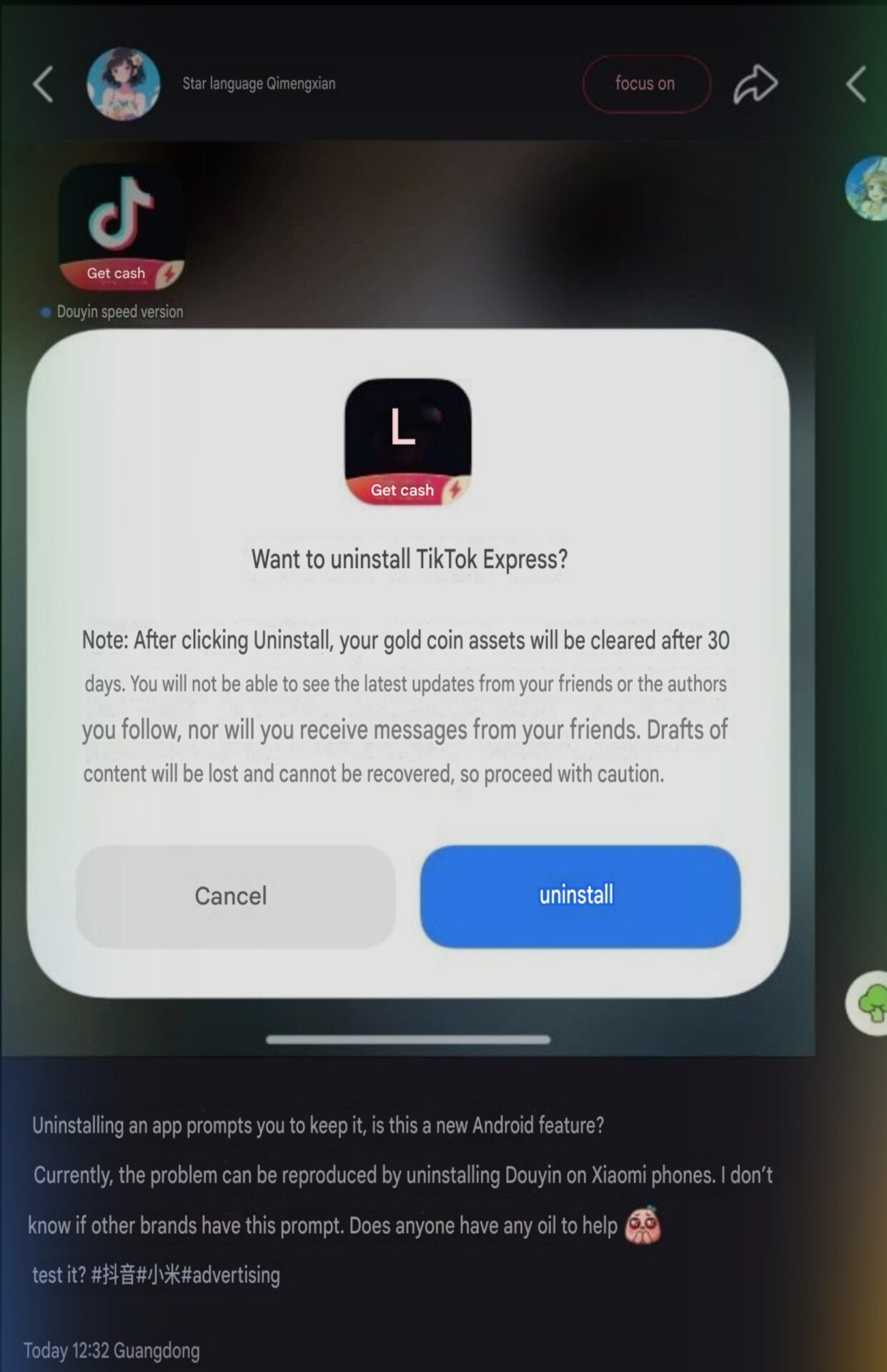Xiaomi’s HyperOS App Uninstall Feature Faces Wild Abuse: Here’s What You Need to Know!
The transition to Xiaomi HyperOS has brought with it a wave of excitement, new features, and a much-appreciated focus on user control, especially when it comes to system applications. The sheer customization potential and streamlined performance have been a dream for the most dedicated users, offering a truly modern and interconnected experience across the entire Xiaomi ecosystem, thanks to Xiaomi HyperConnect. One of the most significant changes allows users to uninstall system apps, such as the built-in Gallery application, finally granting users greater control over their device’s storage and software experience. This is a massive win for the community, as documented in our recent coverage on the initial HyperOS rollout and its core philosophy. However, a new, unforeseen quirk has emerged surrounding this feature—a situation where third-party apps are leveraging the system’s new interface in a way that’s causing quite a stir among the tech community.
The Double-Edged Sword of User Control
The initial implementation of the system app uninstallation process was quite clever. When a user elects to remove a core system app, Xiaomi HyperOS presents a warning—a kind of “exit interview”—to remind the user of the potential consequences. For instance, attempting to uninstall the Gallery app will trigger a clear, helpful message, warning the user that “photos and albums could not be viewed” if the action proceeds. This is a necessary and transparent step for the user experience, ensuring no one accidentally cripples a core function of their phone. It aligns perfectly with the user-centric design philosophy Xiaomi has been championing since its inception in April 2010.
Third-Party Apps Hijack the Warning Prompt
Now for the twist. It appears that the interface used for these system warnings lacks proper authentication or strict control when called upon by non-system applications. Because of this, some popular third-party applications, notably from major companies like ByteDance (parent of TikTok) and Kuaishou, have started to exploit this feature. Instead of showing a generic Android warning, they are displaying their own highly specific, and frankly, quite intense, “consequence” prompts when a user attempts to uninstall them.
The Unsettling ‘Goodbye’ Messages
What’s happening on the user’s screen is a form of persuasion that goes beyond a standard notification. When a user tries to remove an app, the subsequent HyperOS warning prompt is populated with text provided by the application itself.
For example, a user attempting to uninstall a popular social video app might be shown a startling message that suggests:
- “You will not be able to see the latest updates from your friends or the authors you follow, nor will you receive messages from your friends.”
While factually true that these things will stop when the app is gone, presenting them through a system-level warning interface creates a strong sense of urgency and caution for the user. It is a highly effective, if somewhat aggressive, way to discourage uninstallation, turning a standard system feature into a tool for app retention.
What This Means for HyperOS Users and Developers
This situation highlights a curious oversight in the HyperOS development process. While the intent was clearly to enhance user autonomy, this particular implementation detail is being repurposed by third-party developers. It’s a reminder that even the most innovative and carefully designed software platforms can have unexpected areas for third-party interaction. Xiaomi is known for its rapid development cycles and strong commitment to optimizing user experience, so it is highly likely that this feature will be refined in an upcoming patch to prevent this kind of leverage by third-party apps.


 Emir Bardakçı
Emir Bardakçı



